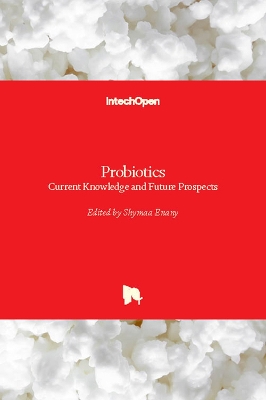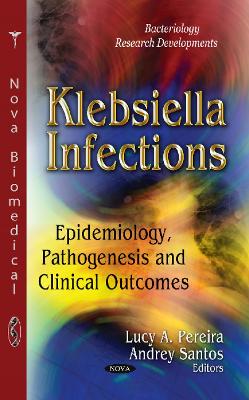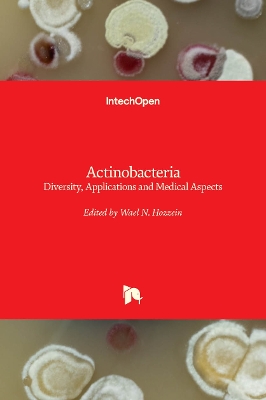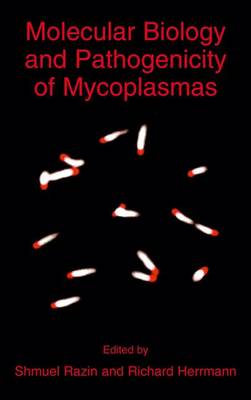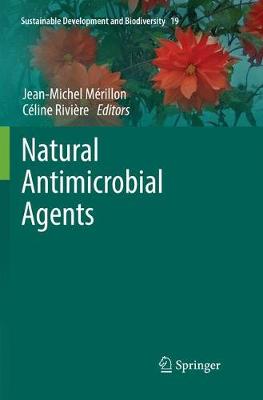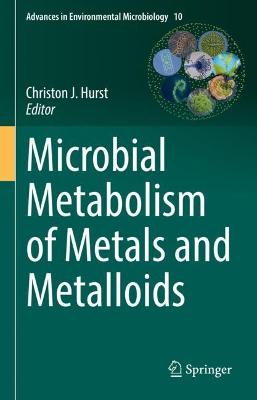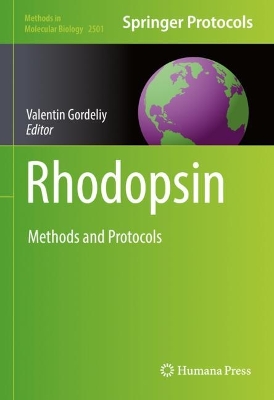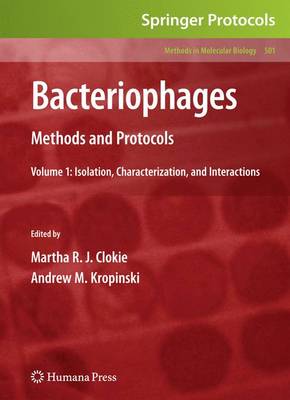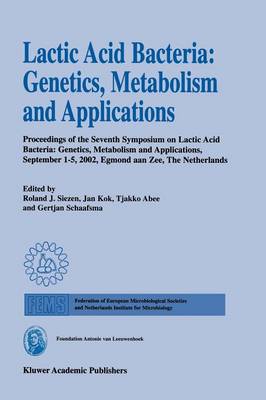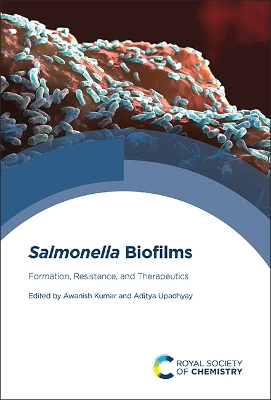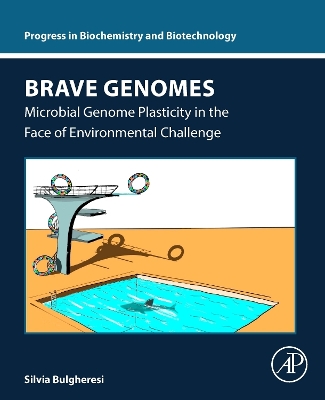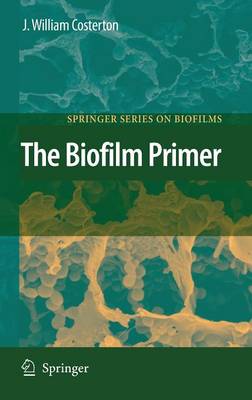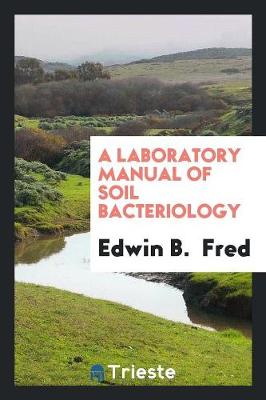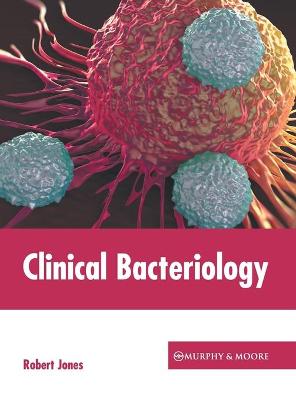Probiotics
Probiotic has been used for centuries especially in fermented dairy products since Metchnikoff associated the intake of fermented milk with prolonged life. Probiotics confer many health benefits to humans, animals, and plants when administered in proper amounts. These benefits include the prevention of gastrointestinal infections and antibiotic-associated diarrhea, the reduction of serum cholesterol and allergenic and atopic complaints, and the protection of the immune system. Furthermore, the p...
Klebsiella Infections
Bacteria belonging to the genus Klebsiella have a dual role in human pathophysiology. Some of the strains are potent opportunistic pathogens capable of causing severe illnesses, whereas a majority of the klebsiellas belong to our normal flora, particularly in our alimentary tract. In this book, the authors present current research in the study of the epidemiology, pathogenesis and clinical outcomes of klebsiella infections. Topics discussed include interactions of klebsiella sp. with other intes...
Actinobacteria
Dieser Buchtitel ist Teil des Digitalisierungsprojekts Springer Book Archives mit Publikationen, die seit den Anfängen des Verlags von 1842 erschienen sind. Der Verlag stellt mit diesem Archiv Quellen für die historische wie auch die disziplingeschichtliche Forschung zur Verfügung, die jeweils im historischen Kontext betrachtet werden müssen. Dieser Titel erschien in der Zeit vor 1945 und wird daher in seiner zeittypischen politisch-ideologischen Ausrichtung vom Verlag nicht beworben.
Molecular Biology and Pathogenicity of Mycoplasmas
was the result of the efforts of Robert Cleverdon. The rapidly developing discipline of molecular biology and the rapidly expanding knowledge of the PPLO were brought together at this meeting. In addition to the PPLO specialists, the conference invited Julius Marmur to compare PPLO DNA to DNA of other organisms; David Garfinkel, who was one of the first to develop computer models of metabolism; Cyrus Levinthal to talk about coding; and Henry Quastler to discuss information theory constraints on...
Natural Antimicrobial Agents (Sustainable Development and Biodiversity, #19)
Documenting the latest research in the field of different pathogenic organisms, this book presents the current scenario about promising antimicrobials in the following areas: Part I. Plants as source of antibacterials, Part II. Naturally occurring antifungal natural products, Part III. Antiparasitic natural products, Part IV. Antiviral natural products. Renowned scientists from the globe have been selected as authors to contribute chapters. Use of plants for various ailments is as old as human c...
Microbial Metabolism of Metals and Metalloids (Advances in Environmental Microbiology, #10)
This book explains the metabolic processes by which microbes obtain and control the intracellular availability of their required metal and metalloid ions. The book also describes how intracellular concentrations of unwanted metal and metalloid ions successfully are limited. Its authors additionally provide information about the ways that microbes derive metabolic energy by changing the charge states of metal and metalloid ions. Part one of this book provides an introduction to microbes, metals...
Rhodopsin (Methods in Molecular Biology, #2501)
This volume provides readers with the latest information on the advances made in the field of rhodopsins. The chapters in this book cover topics such as new discoveries and developments; new ways to search for rhodopsins; methods to characterize the function and structure of rhodopsins on a molecular level; nano volume high throughput in meso crystallization, and fourth generation x-ray synchrotron sources. Written in the highly successful Methods in Molecular Biology series format, chapters inc...
Bacteriophages (Methods in Molecular Biology, #1898)
Ranging from the evolution of pathogenicity to oceanic carbon cycling, the many and varied roles that bacteriophages play in microbial ecology and evolution have inspired increased interest within the scientific community. Bacteriophages: Methods and Protocols pulls together the vast body of knowledge and expertise from top international bacteriophage researchers to provide both classical and state-of-the-art molecular techniques. With its well-organized modular design, Volume 1: Isolation, Char...
Foods fermented with lactic acid bacteria are an important part of the human diet. Lactic acid bacteria play an essential role in the preservation of food raw materials and contribute to the nutritional, organoleptic, and health properties of food products and animal feed. The importance of lactic acid bacteria in the production of foods throughout the world has resulted in a continued scientific interest in these micro-organisms over the last two decades by academic research groups as we...
Bakteriosen Der Kulturpflanzen (Wissenschaftliche Taschenbucher, #146)
by Dieter Spaar
Salmonella Biofilms
Up to 80% of chronic and recurrent human bacterial infections are caused by bacterial biofilms, which are extremely hard to cure. Salmonella is an especially interesting pathogen because of its ability to cause diseases through a variety of mechanisms and form complex communities in biofilms. Due to the difficulty of treatment, investigation of alternatives to conventional antibiotics is an important direction of research in combating biofilm formation including natural products, nanoparticles,...
Brave Genomes (Progress in Biochemistry and Biotechnology)
by Silvia Bulgheresi
The role of environmentally triggered genetic and epigenetic changes in microbial adaptation and evolution is still not broadly appreciated. Brave Genomes: Microbial Genome Plasticity in the Face of Environmental Challenge narrates how microorganisms cope with environmental changes including unanticipated ones. Although it does comprise eukaryotes, it focuses on bacteria and – whenever possible – on archaea. Among the environmentally sensitive sources of genome plasticity, the book treats tande...
This book details the widely accepted hypothesis that the majority of bacteria in virtually all ecosystems grow in matrix-enclosed biofilms. The author, who first proposed this biofilm hypothesis, uses direct evidence from microscopy and from molecular techniques, arguing cogently for moving beyond conventional culture methods that dominated microbiology in the last century. Bacteria grow predominantly in biofilms in natural, engineered, and pathogenic ecosystems; this book provides a solid basi...
Ergebnisse Der Immunitatsforschung Experimentellen Therapie Bakteriologie Und Hygiene
by Wolfgang Weichardt
Dieser Buchtitel ist Teil des Digitalisierungsprojekts Springer Book Archives mit Publikationen, die seit den Anfangen des Verlags von 1842 erschienen sind. Der Verlag stellt mit diesem Archiv Quellen fur die historische wie auch die disziplingeschichtliche Forschung zur Verfugung, die jeweils im historischen Kontext betrachtet werden mussen. Dieser Titel erschien in der Zeit vor 1945 und wird daher in seiner zeittypischen politisch-ideologischen Ausrichtung vom Verlag nicht beworben.
Bacterial Invasion Into Eukaryotic Cells (Subcellular Biochemistry, #33)
Strategies of Bacterial Interaction with Eukaryotic Cells *Tobias A. Oelschlaeger and Jorg Hacker 1. BENEFICIAL BACTERIAL-HOST INTERACTIONS Already during birth and soon thereafter mammals are colonized by bacte- ria belonging to the resident microbial flora. Cutaneous and mucosal sur- faces and the gastrointestinal tract are the areas which become colonized. These indigenous or autochthonous bacteria have a variety of beneficial effects on their hosts. They play a protective role by bacterial a...
Characterization Of Gut Microflora In Bradinopyga Geminata Anisoptera Libellulidae
Bacteria in Agrobiology: Crop Productivity
by Dinesh K Maheshwari, Meenu Saraf, and Abhinav Aeron
